The ASAM Principles of Addiction Medicine 7th Edition Miller Rosenthal Test Bank is a comprehensive resource designed to support students, clinicians, and healthcare providers in understanding and applying the core principles of addiction medicine. This test bank offers a wide range of questions to assess knowledge of addiction-related topics, including the biology of addiction, clinical assessments, treatment approaches, pharmacotherapy, and the psychosocial aspects of addiction.
- SECTION 1: Basic Science and Core Concepts
- 1 Substance Use Disorders: The Neurobiology of Motivation Gone Awry
- 2 Recommended Use of Terminology in Addiction Medicine
- 3 The Anatomy of Addiction
- 4 Clinical Trials in Substance-Using Populations
- 5 Addiction Medicine Physicians and Collaborative Care Clinicians as Change Agents for Prevention and Public Health
- 6 Climate Change and Addiction Medicine
- 7 The Cigarette Industry’s Role in Promoting Tobacco Use Disorder
- 8 The Impact of the Alcohol Industry on Alcohol Use Disorder
- 9 The Impact of the Cannabis Industry on Cannabis Use Disorder
- SECTION 2: Pharmacology
- 10 Pharmacokinetic, Pharmacodynamic, and Pharmacogenomic Principles
- 11 The Pharmacology of Alcohol
- 12 The Pharmacology of Nonalcohol Sedative Hypnotics
- 13 The Pharmacology of Opioids
- 14 The Pharmacology of Stimulants
- 15 The Pharmacology of Caffeine
- 16 The Pharmacology of Nicotine and Tobacco
- 17 The Pharmacology of Cannabinoids
- 18 The Pharmacology of Hallucinogens
- 19 The Pharmacology of Dissociatives
- 20 The Pharmacology of Inhalants
- 21 The Pharmacology of Anabolic-Androgenic Steroids
- 22 Electronic Drug Delivery Devices
- 23 Novel Psychoactive Substances
- SECTION 3: Epidemiology And Prevention
- 24 The Epidemiology of Substance Use Disorders
- Sidebar Primary, Secondary, and Tertiary Prevention
- 25 Preventing Substance Use Among Children and Adolescents
- 26 Environmental Approaches to Prevention: Communities and Contexts
- 27 Prevention of Prescription Medication Misuse
- 28 The Harm Reduction Approach to Caring for People Who Use Substances
- 29 College Student Drinking
- 30 Policy and Leadership: Impact on Primary, Secondary, and Tertiary Prevention of Substance Use Disorders in Military Personnel and Beyond
- Sidebar Challenges of Reintegration for Military Personnel and Their Families
- SECTION 4: Diagnosis, Assessment, And Early Intervention Treatment
- 31 Screening and Brief Intervention
- Sidebar 1 Screening and Brief Intervention in Pregnancy
- Sidebar 2 Screening and Brief Intervention in Trauma Centers, Hospitals, and Emergency Departments
- Sidebar 3 Implementation of Screening and Brief Intervention in Clinical Settings Using Quality Improvement Principles
- Sidebar 4 Screening for Unhealthy Alcohol and Drug Use in Older Adults
- 32 Laboratory Assessment
- 33 Assessment
- Sidebar 1 Hospital-Based Addiction Care
- Sidebar 2 Prevention and Early Treatment in the Workplace Setting
- 34 Addiction Among Physicians and Physician Health Programs
- Sidebar Health care Professional Wellness After Patient Overdose Death
- SECTION 5: Overview Of Addiction Treatment
- 35 Addiction Medicine in America: Its Birth, Early History, and Current Status (1750-2022)
- 36 The Treatment of Substance Use Disorders: An Overview
- 37 Identification and Treatment of High-Risk Alcohol Use and Alcohol Use Disorder: An Overview
- 38 Race, Ethnicity, Gender, and Social Determinants of Health, Disparities, and Access to Care
- 39 Cultural Issues in Addiction Medicine
- 40 Substance Use and Co-occurring Conditions in Women
- 41 Treatment of Substance Use Disorders in Older Adults
- 42 Treatment Considerations for LGBTQ Patients
- 43 Military Sexual Trauma
- 44 Traumatic Brain Injury and Substance Use Disorders
- 45 Integrated Care for Substance Use Disorder
- 46 Substance Use‑Related Care–Interprofessional Collaborative Practice
- 47 The ASAM Criteria and Matching Patients to Treatment
- 48 Linking Addiction Treatment With Other Medical and Psychiatric Treatment Systems
- 49 Reducing Inequities of Care Through Changes in Practice
- 50 Quality Improvement for Addiction Treatment
- Sidebar Delivery of Addiction Medicine Care via Video or Phone
- SECTION 6: Nonsubstance Addiction-Related Disorders
- 51 Understanding Nonsubstance Addictions
- 52 Gambling Disorder: Clinical Characteristics and Treatment
- 53 Compulsive Sexual Behaviors
- 54 Disorders Associated With Technology and Social Media
- SECTION 7: Management Of Intoxication And Withdrawal
- 55 Management of Intoxication and Withdrawal: General Principles
- 56 Management of Alcohol Intoxication and Withdrawal
- 57 Management of Sedative-Hypnotic Intoxication and Withdrawal
- 58 Management of Opioid Intoxication and Withdrawal
- 59 Management of Stimulant, Hallucinogen, Cannabis, Phencyclidine, and Other Drug Intoxication and Withdrawal
- SECTION 8: Pharmacological Interventions And Other Somatic Therapies
- 60 Pharmacological Interventions for Alcohol Use Disorder
- 61 Pharmacological Interventions for Sedative-Hypnotic Use Disorder
- 62 Pharmacological Treatment for Opioid Use Disorder
- Sidebar Medical Director Stewardship of Opioid Treatment Programs
- 63 Special Issues in Office-Based Opioid Treatment (OBOT)
- 64 Pharmacological Treatment of Stimulant Use Disorders
- 65 Pharmacological Interventions for Nicotine and Tobacco Use
- 66 Pharmacological Interventions for Other Substances and Multiple Substance Use Disorders
- 67 Complementary and Integrative Interventions for Substance Use Disorders
- 68 Neuromodulation for Substance Use Disorders
- SECTION 9: Psychologically Based Interventions
- 69 Enhancing Motivation to Change
- 70 Motivational Interviewing
- 71 Group Therapies
- 72 Individual Treatment
- 73 Contingency Management and the Community Reinforcement Approach
- 74 Behavioral Interventions for Tobacco Use Disorder
- 75 Network Therapy
- 76 Therapeutic Communities and Modified Therapeutic Communities for Co-occurring Mental and Substance Use Disorders
- 77 Aversion Therapies
- 78 Family Involvement in Addiction, Treatment, and Recovery
- 79 Twelve-Step Facilitation Approaches
- 80 Relapse Prevention: Clinical Models and Intervention Strategies
- 81 Mindfulness-Based Treatment of Addiction
- 82 Digital Health Interventions for Substance Use Disorders: The State of the Science
- 83 Medical Management Techniques and Collaborative Care: Integrating Behavioral With Pharmacological Interventions
- SECTION 10: Mutual Help: Twelve Step And Other Programs In Addiction Recovery
- 84 Twelve-Step and Other Programs in Addiction Recovery
- 85 Recent Research Into Twelve-Step Programs
- 86 Spirituality in the Recovery Process
- SECTION 11: Medical Disorders And Complications Of Addiction
- 87 Medical Care of Patients With Unhealthy Substance Use
- 88 Cardiovascular Disorders Related to Substance Use
- 89 Liver Disorders Related to Substance Use
- 90 Renal and Metabolic Disorders Related to Substance Use
- 91 Gastrointestinal Disorders Related to Substance Use
- 92 Pulmonary Disorders Related to Substance Use
- 93 Neurological Disorders Related to Substance Use
- 94 Human Immunodeficiency Virus, Tuberculosis, and Other Infectious Diseases Related to Substance Use
- 95 Sleep Disorders Related to Substance Use
- 96 Traumatic Injuries Related to Alcohol and Other Drug Use
- 97 Endocrine and Reproductive Disorders Related to Substance Use
- 98 Substance Use During Pregnancy
- 99 Perioperative Management of Patients With Substance Use
- SECTION 12: Co-Occurring Addiction And Other Psychiatric Disorders
- 100 Substance-Induced Mental Disorders
- 101 Co-occurring Mood Disorders and Substance Use Disorders
- 102 Co-occurring Substance Use, Anxiety Disorders, and Obsessive-Compulsive Disorders
- 103 Co-occurring Psychosis and Substance Use Disorders
- 104 Co-occurring Attention Deficit Hyperactivity Disorder and Substance Use Disorders
- 105 Co-occurring Personality Disorders and Substance Use Disorders
- 106 Co-occurring Posttraumatic Stress Disorder and Substance Use Disorders
- 107 Co-occurring Eating Disorders and Substance Use Disorders
- SECTION 13: Pain And Addiction
- 108 The Pathophysiology of Chronic Pain and Clinical Interfaces With Substance Use Disorder
- 109 Psychological Issues in the Management of Pain
- 110 Assessing and Mitigating Risk of Suicide in Patients With Pain and Substance Use Disorders
- 111 Rehabilitation Approaches to Pain Management
- 112 Nonopioid Pharmacotherapy of Pain
- 113 Opioid Therapy of Pain
- 114 Co-occurring Pain and Substance Use Disorders
- 115 Legal and Regulatory Considerations in Opioid Prescribing
- SECTION 14: Children And Adolescents
- 116 Screening and Brief Intervention for Adolescents
- Sidebar 1 Neurobiological Determinants of Addiction in Children and Adolescents
- Sidebar 2 Governmental Policy on Cannabis Legalization and Use: Impact on Youth
- 117 Assessing Adolescent Substance Use
- 118 Placement Criteria and Strategies for Adolescent Treatment Matching
- Sidebar 1 Confidentiality in Caring for Adolescents
- Sidebar 2 Drug Testing Adolescents in School
- 119 Treating Substance Use Disorders in Carceral-Involved Youth
- 120 Treatment of Addiction-Related Disorders in Adolescents
- 121 Pharmacotherapy for Adolescents With Substance Use Disorders
- 122 Co-occurring Psychiatric Disorders in Adolescents With Addiction-Related Issues
- SECTION 15: Ethical, Legal, And Liability Issues In Addiction Practice
- 123 Ethical Issues in Addiction Practice
- 124 Consent and Confidentiality Issues in Addiction Practice
- 125 Clinical, Ethical, and Legal Considerations in Prescribing Medications With Potential for Nonmedical Use and Addiction
- Sidebar 1: Drug Control Policy: History and Future Directions
- Sidebar 2: Guidance on the Use of Opioids to Treat Chronic Pain
- 126 Therapeutic Effectiveness of Cannabis and Cannabinoids
- Sidebar Legal and Ethical Considerations for Clinicians Recommending Cannabis Used as Treatment
- 127 Practical Considerations in Drug Testing
- Sidebar Workplace Drug Testing and the Role of the Medical Review Officer
- 128 Reducing Substance Use in Court-Leveraged Treatment
- Sidebar Reducing Disparities in Substance Us

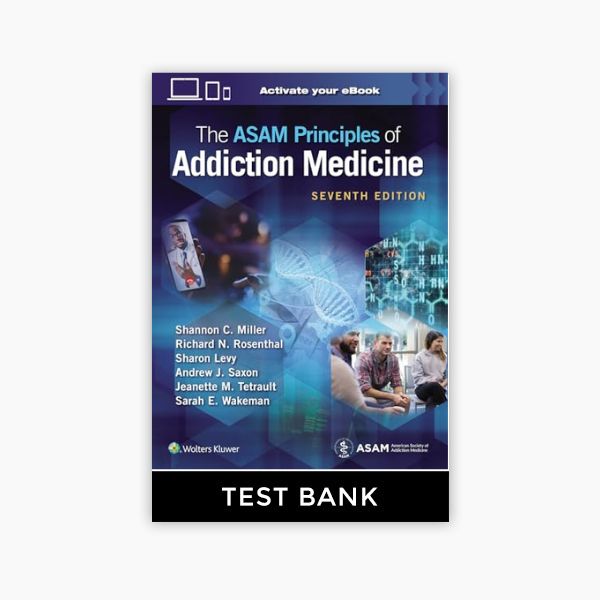




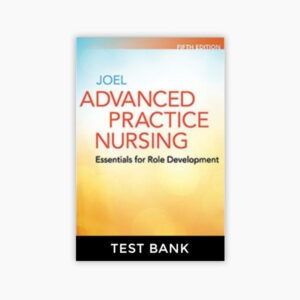

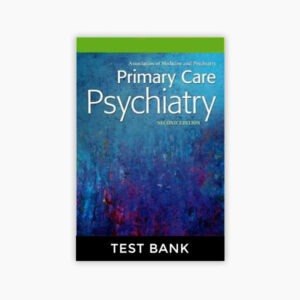
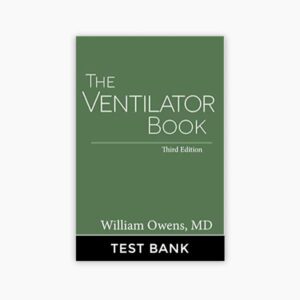

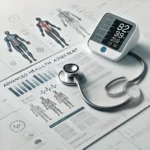




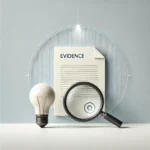

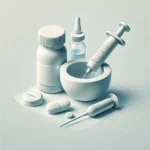

Reviews
There are no reviews yet.